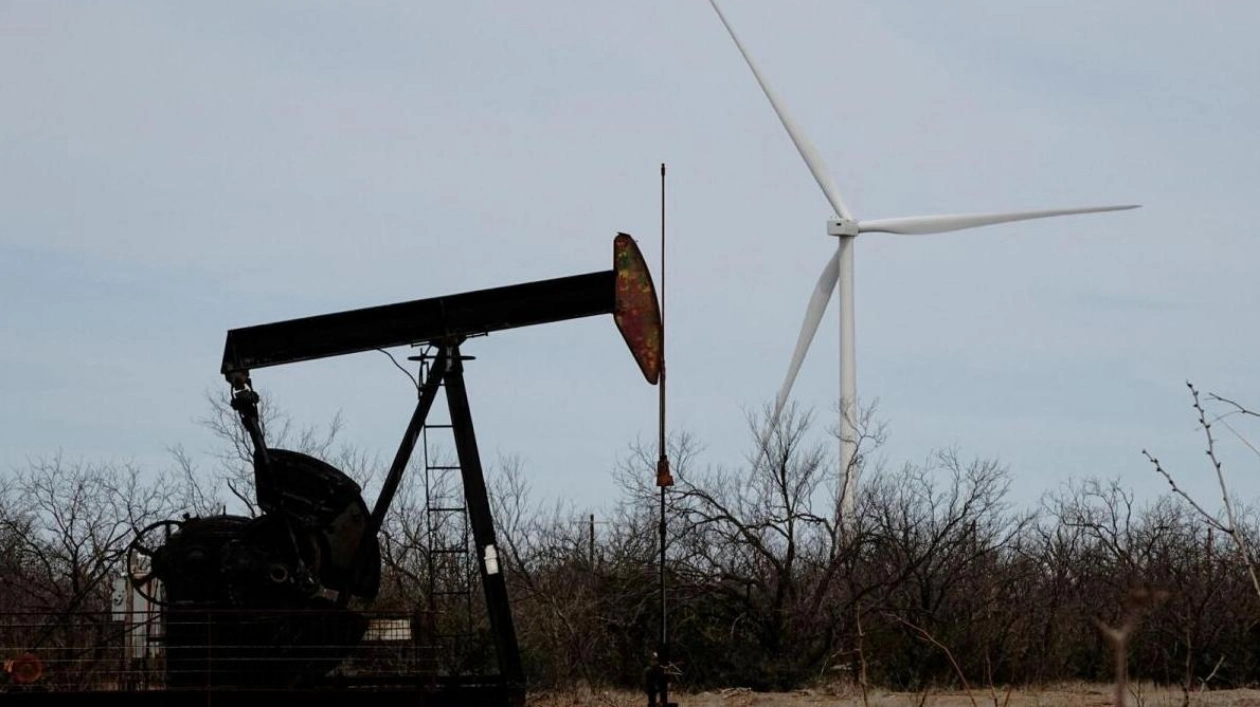The prospects for crude oil in the coming year have become less optimistic, as Goldman Sachs Group and Morgan Stanley have reduced their price predictions due to a surge in worldwide supplies, potentially including from Opec+. Both financial institutions now predict that the global benchmark Brent will average below $80 per barrel in 2025, with Goldman lowering its forecast to $77 and Morgan Stanley estimating a range between $75 and $78. Both foresee a surplus in the crude market, with prices expected to decline over the next 12 months.
A decision by Opec+ to reverse voluntary supply cuts could indicate a strategy to 'strategically discipline non-Opec supply', according to Goldman analysts including Daan Struyven, though they caution that crude prices could fall below revised forecasts under various scenarios. Despite growing confidence in the US Federal Reserve's plans to cut interest rates to boost consumer and business spending, investors remain pessimistic about oil price prospects. Fund managers have resumed selling oil futures and options after a brief rally lost momentum and negative sentiment re-emerged.
Oil prices have dropped in recent months, briefly erasing all year-to-date gains, due to concerns over slowing demand growth in China, increased supplies from non-Opec+ sources, and Opec+'s plans to ease output restrictions. While Opec has been willing to sacrifice market share to support prices, the tentative plan to increase output could shift this strategy.
'Crude oil markets remain in deficit, but are likely as tight as they will be for some time,' noted Morgan Stanley analysts including Martijn Rats and Charlotte Firkins. They predict a return to equilibrium by the fourth quarter of 2024, leading to a surplus in 2025. Goldman's commodities team, led by Daan Struyven, reduced its Brent crude forecast range by $5 per barrel, setting a new range of $70 to $85. The 2025 average Brent price forecast was also lowered to $77 per barrel from a previous estimate of $82.
This adjustment reflects unexpected increases in OECD inventories, ongoing challenges in China's demand, and a reduced fair value estimate for long-dated prices. Goldman's analysts observed that 'Brent oil prices have continued to fluctuate within our prior $75-90 range this summer,' largely due to market concerns over both supply disruptions and weakening demand, especially in Western countries and China.
A key factor in the revised outlook is slower-than-expected demand growth from China. Goldman Sachs now anticipates China's oil demand growth to slow to just 0.2 million barrels per day in the first half of 2024, with negative year-over-year growth expected during the summer of 2024. On the supply side, the US continues to exceed expectations, with August data showing an increase in crude oil production in the US Lower 48 states to 11.25 million barrels per day.
Goldman Sachs also considers more severe downside scenarios, including a moderate global recession. In such a case, if Opec responds with production cuts, Brent could see a steep decline of $30 per barrel from the baseline. Another scenario involves the US Federal Reserve pausing interest rate cuts in 2025 due to higher core inflation driven by trade tariffs, which could cause a $19 per barrel drop from the baseline.
The bank's updated oil outlook includes an assessment of the recent oil rally, driven by tensions between Israel and Hezbollah and production disruptions in Libya. Libya's eastern government has indicated potential production shutdowns due to conflicts with the western government, which could reduce output by 0.6 million barrels per day in September and 0.2 million barrels per day in October, according to Goldman Sachs. Goldman Sachs analysts assume these disruptions will be short-lived, given the incentives of both governments to resume production.
Looking ahead, Goldman expects Opec+ to begin unwinding the 2.2 million barrels per day of extra voluntary cuts that were announced earlier. Saudi Arabia, in particular, is expected to gradually increase crude production from just under 9.0 million barrels per day to slightly over 9.2 million barrels per day by December 2024.






